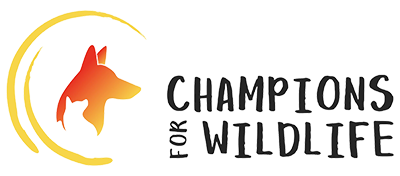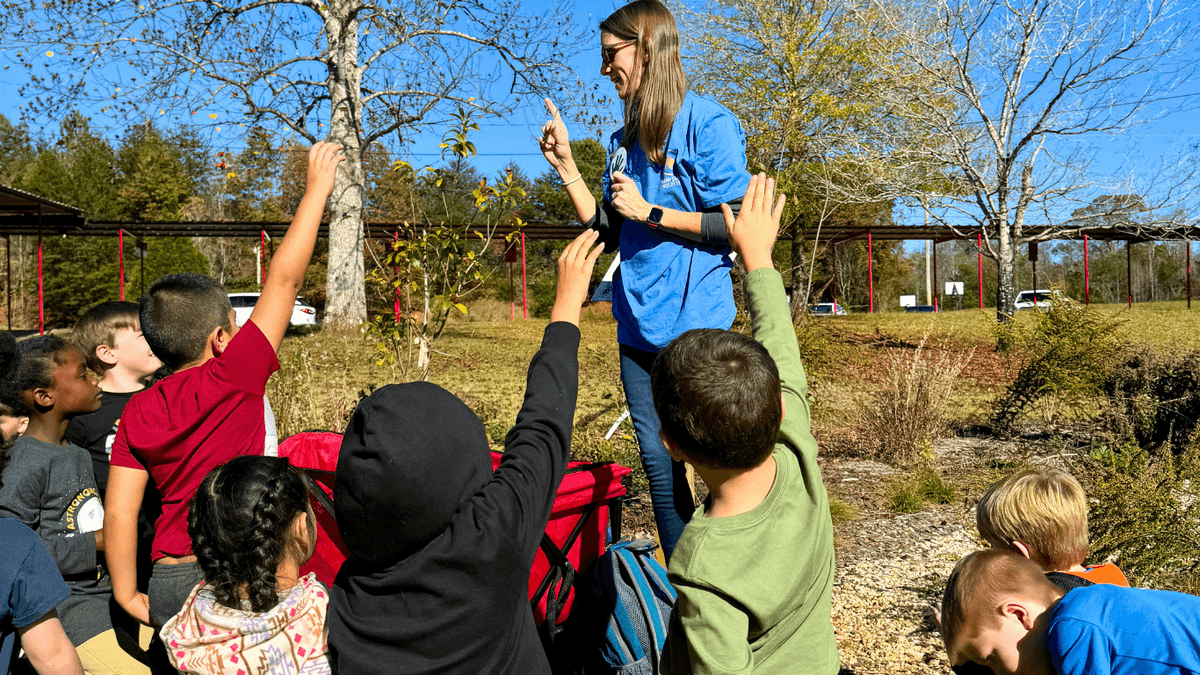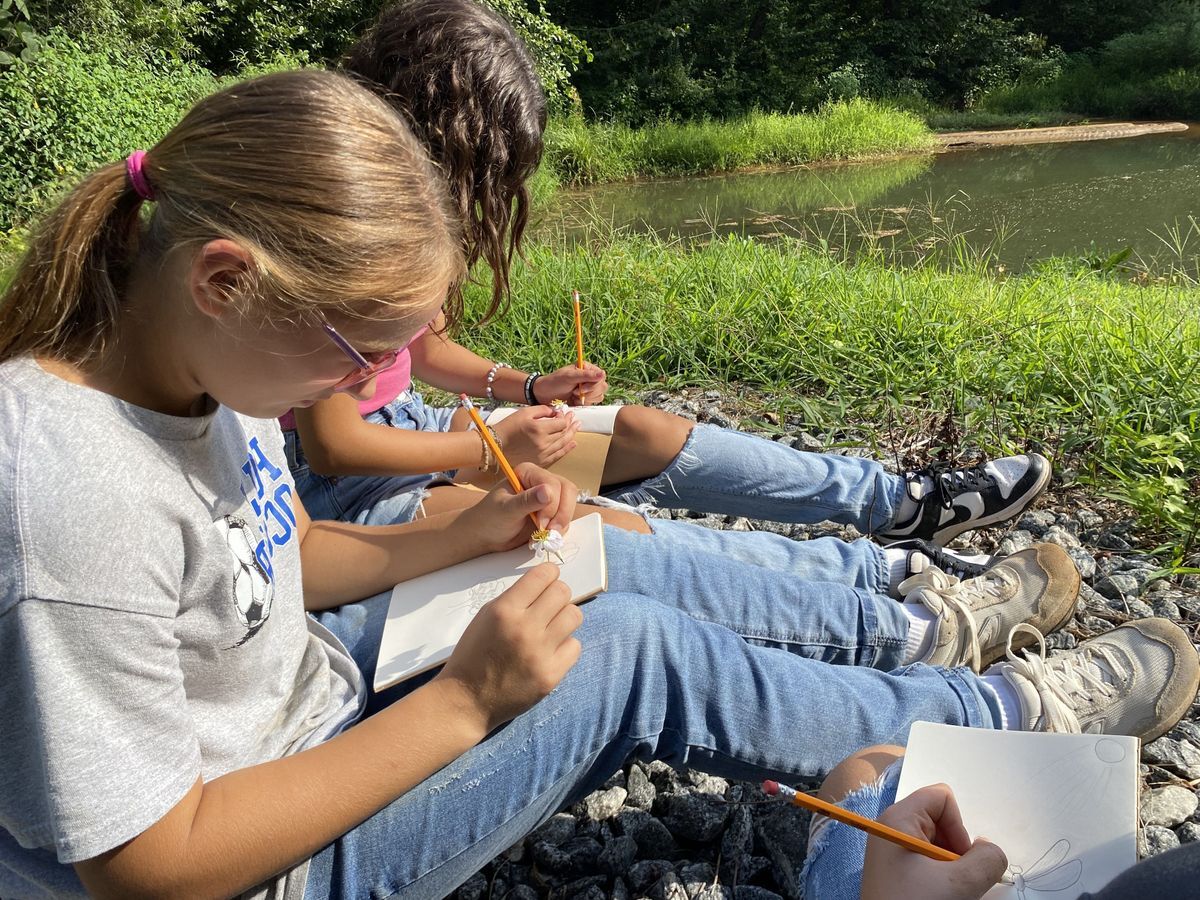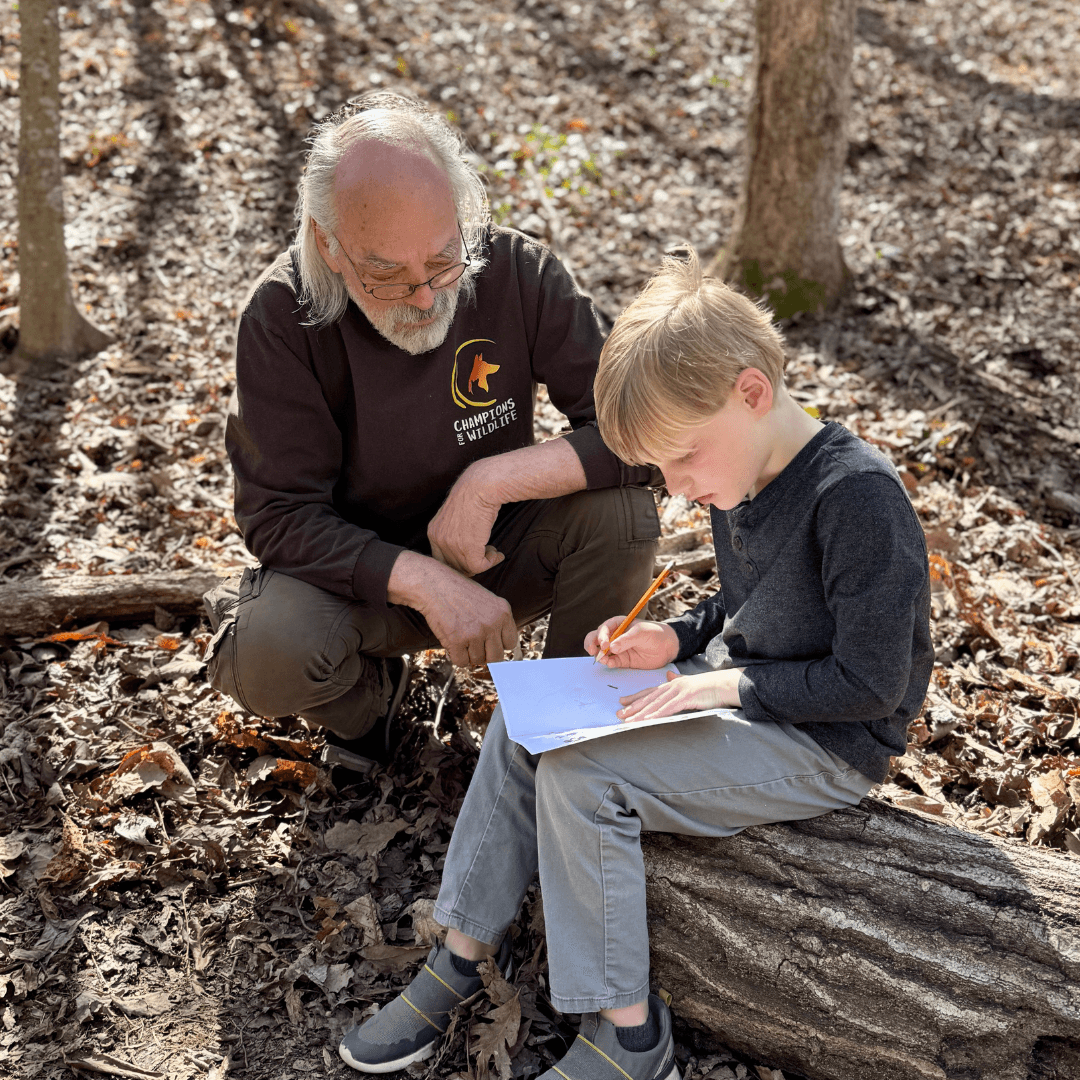-
Discover your path
When kids explore nature through art, they learn to care about animals—and grow up ready to protect them.
-
Every donation helps kids grow, learn, and care for nature.
-
Bring your lessons to life with fun, hands-on activities that teach kids about animals through art.
-
Love animals? Make art, go on adventures, and become a real wildlife champion!
-
Help kids learn and have fun with animals and art.
-
Use your art to help kids care about wildlife. Your creativity can make a big difference.
Featured Wildlife
Curious about the wildlife our kids learn about. The more you learn, the more you love, the more you protect.
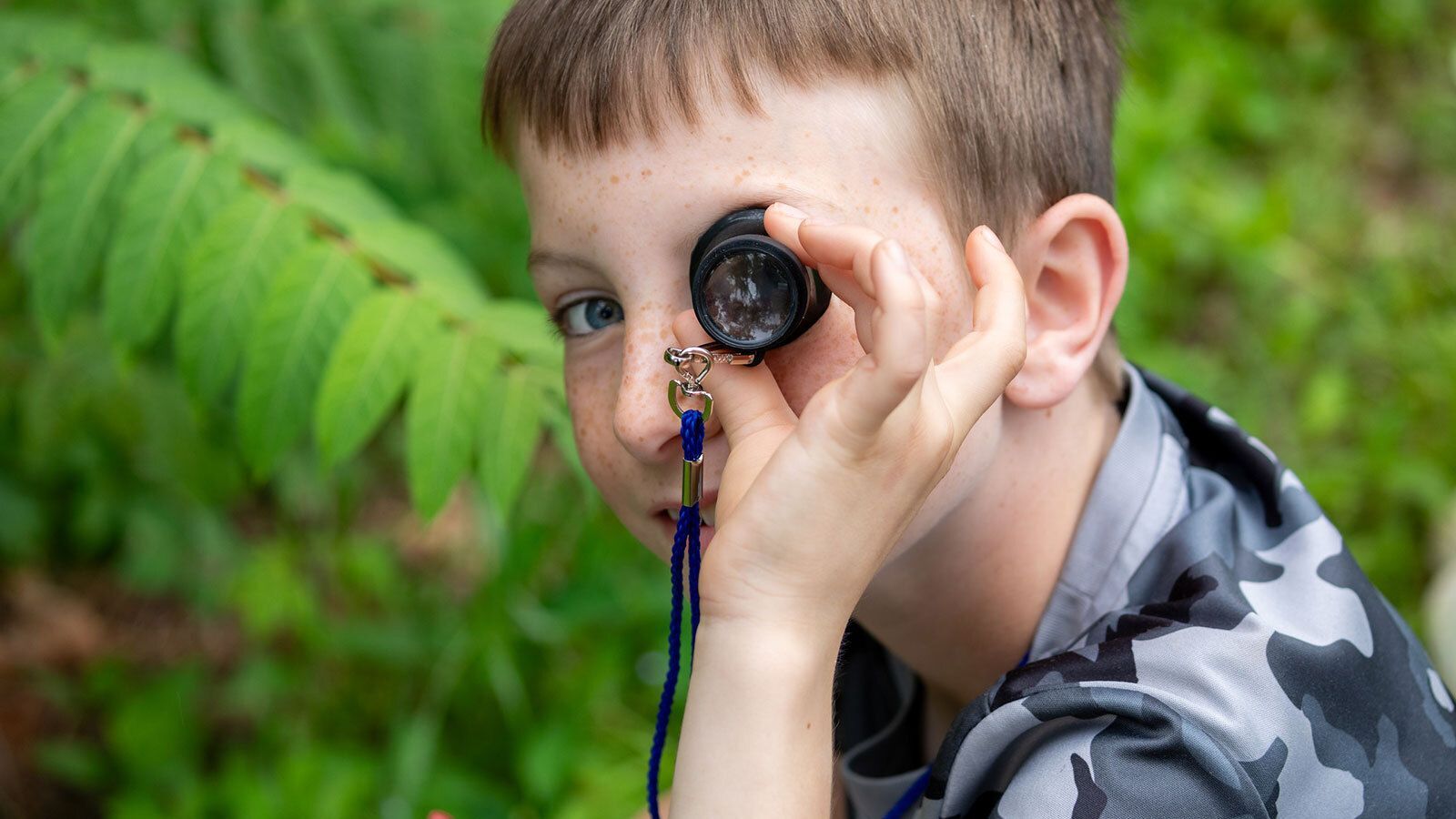
Fun things happening!
Whether you're joining us at an event, exploring art in nature, or helping kids learn about wildlife, there’s always something exciting on the horizon. Check back often, follow us on social media, or join our newsletter to stay in the loop with all the wild and wonderful things we’re up to!
Wild for Birds: Family Event

